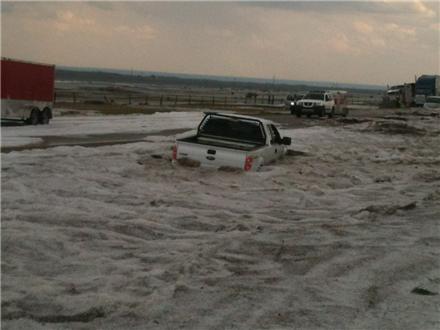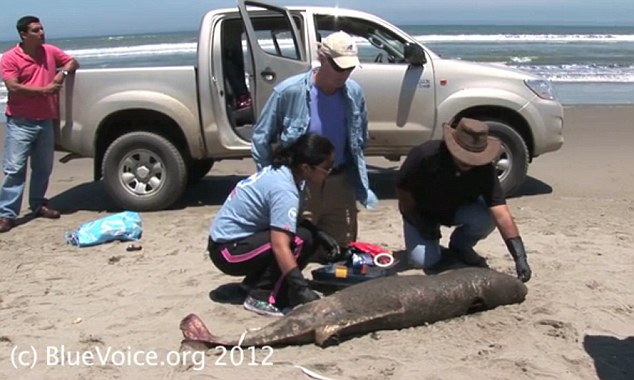OF THE
TIMES


Thu Apr 12 06:10:35 PDT 2012
An unusual spring storm in the Texas Panhandle Wednesday afternoon dumped two to four feet of hail near Dumas. view full article

The question is again being discussed whether recent and long-continued observations do not point to the advent of a second glacial period, when the countries now basking in the fostering warmth of a tropical sun will ultimately give way to the perennial frost and snow of the polar regions.In September 1958, Harper's wrote an article called "The Coming Ice Age".
Get a good grip on your long johns, cold weather haters - the worst may be yet to come. That's the long-long-range weather forecast being given out by "climatologists." the people who study very long-term world weather trends.

Comment: Perhaps this article can lend some insight as to the possible reasons why Earth is Cracking up:
Planet-X, Comets and Earth Changes by J.M. McCanney